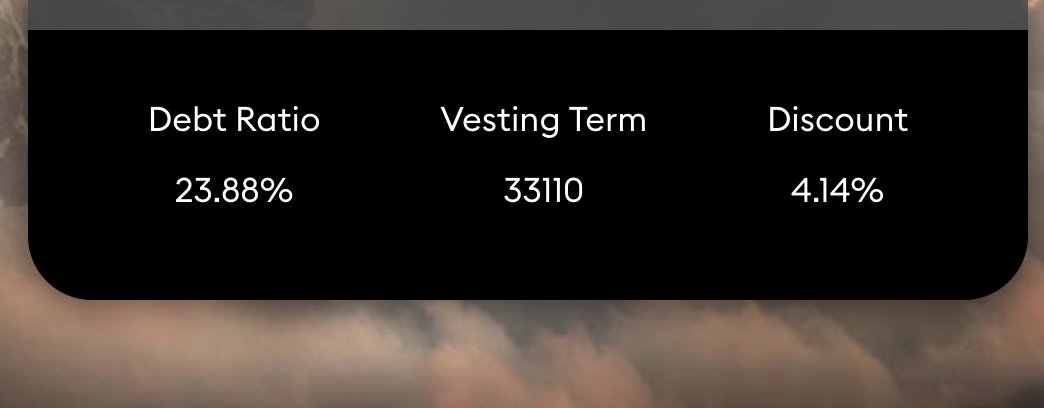
A thread on liquidity blackholes and Fuse from @RariCapital
I don’t think you understand what’s coming
$RGT #Fuse
I don’t think you understand what’s coming
$RGT #Fuse
It is my belief that crypto enables easy direct asset ownership, in which you custody and control your own assets, but that that is unlikely to be commonplace as things play out
By that, I don’t mean we’re all going to have centralized custodians for our assets. At least I hope not. I think self-custody is here to stay, and will ultimately be even safer and more user friendly than banks and financial institutions
What I mean is we’re not all going to hold actual assets. The biggest innovation (imo) from DeFi has been composability: the ability to wrap a productive asset into a different claim asset that we can treat as having the same value
Instead of holding ETH, I can hold REPT and earn yield while maintaining the same exposure. If that’s the case, why would I ever want ETH? Especially if I can transact with and use REPT the same as ETH; there’s now much less reason to hold the base asset
That’s where liquidity blackholes step in. I believe the vast majority of base assets will only exist on the protocol level. On the user level, you’ll transact with a yielding claim asset maintaining the underlying exposure of your chosen base asset.
Asset ownership will be abstracted away into productive claims. Blackhole protocols will suck assets in for their internal use and rarely, if ever, let them go
I think Fuse kicks this up a notch. What if you could maintain your exposure but get yield from any asset? You choose to hold a yielding ETH token, but behind the scenes your ETH is being used to borrow and lend DAI for a greater net yield. What if you could do this with an NFT?
The potential capital efficiency here is massive. You may think this is a bad thing, but I think this could end the days of 10%+ base DeFi APY. Those safe APYs only exist from a lack of capital for a particular asset in a particular strategy. But what if any asset would suffice?
I’ll note that this would likely be preceded by the opposite effect, in which higher borrowing demand for common assets, and more lending supply for uncommon assets, would push common yields up in the short term.
But the long term view stands: interoperable, asset-agnostic, permissionless money markets are the path to capital efficiency for a global digital economy
I remember @jai_bhavnani telling me about this idea months ago. I thought it would revolutionize the space…if it was possible. But I wasn’t sure if it was; it sounded too good to be true! Luckily he's been able to prove me wrong
And now I am incredibly excited for Fuse to launch. I don’t know when, but I do know that it will fundamentally alter the way that this industry functions. This will be one of the first blackholes to start consuming and abstracting away asset ownership
I could go on about how this links into our own treasury blackhole, but I won’t. I think there’s enough to think about without piling on more…right now. But you should definitely be paying attention to @RariCapital right now. If you aren’t, you’re probably ngmi
• • •
Missing some Tweet in this thread? You can try to
force a refresh





